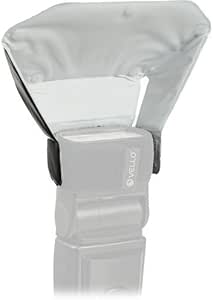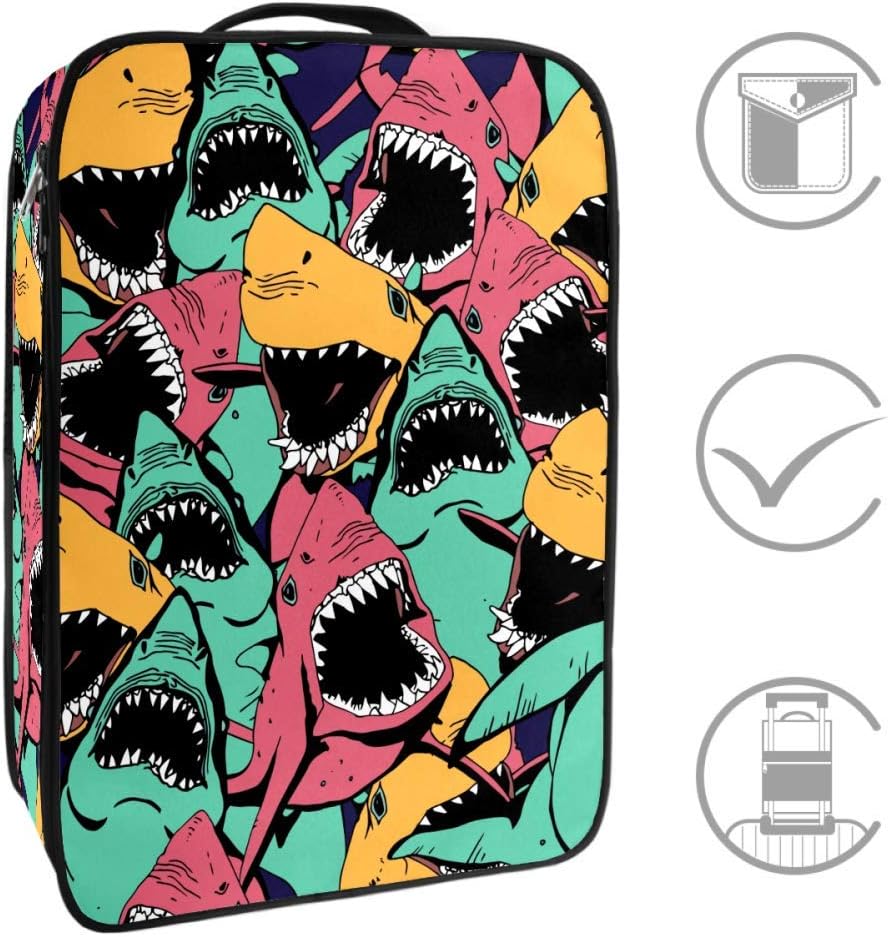Creating breathtaking silhouettes using portable flashes is a surprisingly accessible technique, offering photographers a powerful tool to dramatically enhance their images. It’s all about mastering the interplay of light and shadow, creating a captivating contrast that draws the viewer’s eye. This isn’t about complex studio setups; we’re talking about achieving stunning results with readily available equipment like speedlights or even small LED panels. Let’s delve into the art of crafting stunning silhouettes using portable flashes.
Understanding the Fundamentals of Silhouette Photography
At its core, silhouette photography is about separating your subject from its background. We achieve this by significantly underexposing the subject while ensuring the background is well-lit. This creates a dark, high-contrast outline against a brighter backdrop. The key is controlling your light sources – and portable flashes offer incredible control for this purpose.
Choosing the Right Portable Flash for Silhouette Photography
While any portable flash can technically be used, some are better suited for this type of work than others. Consider these factors:
- Power Output: A flash with a higher guide number (GN) gives you more power, allowing you to overpower ambient light more effectively and create a more distinct silhouette, especially in brightly lit conditions.
- Manual Mode: Essential for precise control over your flash output. Automatic modes often struggle with the deliberate underexposure required for silhouette photography.
- TTL Capabilities (Optional): While manual is best for silhouettes, TTL (Through-the-Lens) metering can be useful for quickly establishing the correct flash power for the background.
- Flash Modifiers: Accessories like softboxes, umbrellas, or snoots can shape your light, affecting the quality and feel of your background lighting.
Mastering the Technique: Positioning Your Flash and Subject
The placement of your flash is crucial. You generally want to position your flash behind your subject, illuminating the background. However, the exact positioning will depend on the desired effect.
Backlighting: Placing the flash directly behind the subject creates a clean, classic silhouette. Aim for a position slightly offset to avoid harsh shadows on the background.
Rim Lighting: Positioning the flash slightly to the side introduces rim lighting, adding a subtle glow along the edges of your subject, softening the silhouette and adding depth.
Adding Dimension: For more complex shots, you might use multiple flashes. One could backlight the subject, while another illuminates part of the background to create a more dynamic composition.
Camera Settings for Silhouette Success

Your camera settings play a critical role in achieving that perfect silhouette. Here’s what to adjust:
- Aperture: A relatively wide aperture (e.g., f/2.8 – f/5.6) will help blur the background, creating a softer, more pleasing bokeh effect. Experiment to find what works best for your scene.
- Shutter Speed: This should be fast enough to freeze any motion but slow enough to allow sufficient light to reach the sensor for the background. This will likely require experimentation. Start with your ambient light meter setting and adjust from there.
- ISO: Keep your ISO relatively low (e.g., ISO 100-400) to minimize noise and maintain image quality. Increasing ISO is a better option than increasing shutter speed, especially in low light situations.
- Exposure Compensation: You’ll need to significantly underexpose your image to create the silhouette. Experiment with negative exposure compensation (-1, -2, or even more) until you achieve the desired darkness of your subject.
Creative Composition and Background Choices

The background is equally important as the subject itself. A vibrant sunset, a cityscape at night, or even a lush forest can dramatically enhance your silhouette photographs. Consider the following:
- Simplicity: Avoid overly cluttered backgrounds; a simple and uncluttered background helps focus attention on your subject’s silhouette.
- Contrast: A significant difference in brightness between the subject and background is key to creating a strong silhouette.
- Color: Experiment with different background colors and tones to enhance the overall mood and atmosphere of your image.
Troubleshooting and Tips for Success

Even with careful planning, you might encounter challenges. Here are a few common issues and solutions:
- Subject too bright: If parts of your subject are still visible, increase the negative exposure compensation or move your flash further away from the background to reduce its power.
- Background too dark: If your background isn’t bright enough, increase the flash power, use a wider aperture, or increase your ISO (carefully, to avoid excessive noise).
- Uneven lighting: Experiment with different flash positions and modifiers to achieve even illumination on your background. Try using a reflector to bounce light.
Beyond the Basics: Advanced Techniques

Once you’ve mastered the fundamentals, you can explore more advanced techniques. These include using colored gels to add dramatic color to the background, employing multiple flashes for complex lighting setups, or incorporating other light sources like ambient light or continuous lighting to add depth and dimension.
Silhouette photography with portable flashes is a rewarding journey of experimentation and creativity. By mastering the interplay of light and shadow, you can create striking images that capture the imagination. Don’t be afraid to experiment, push your boundaries, and find your unique style. Happy shooting!